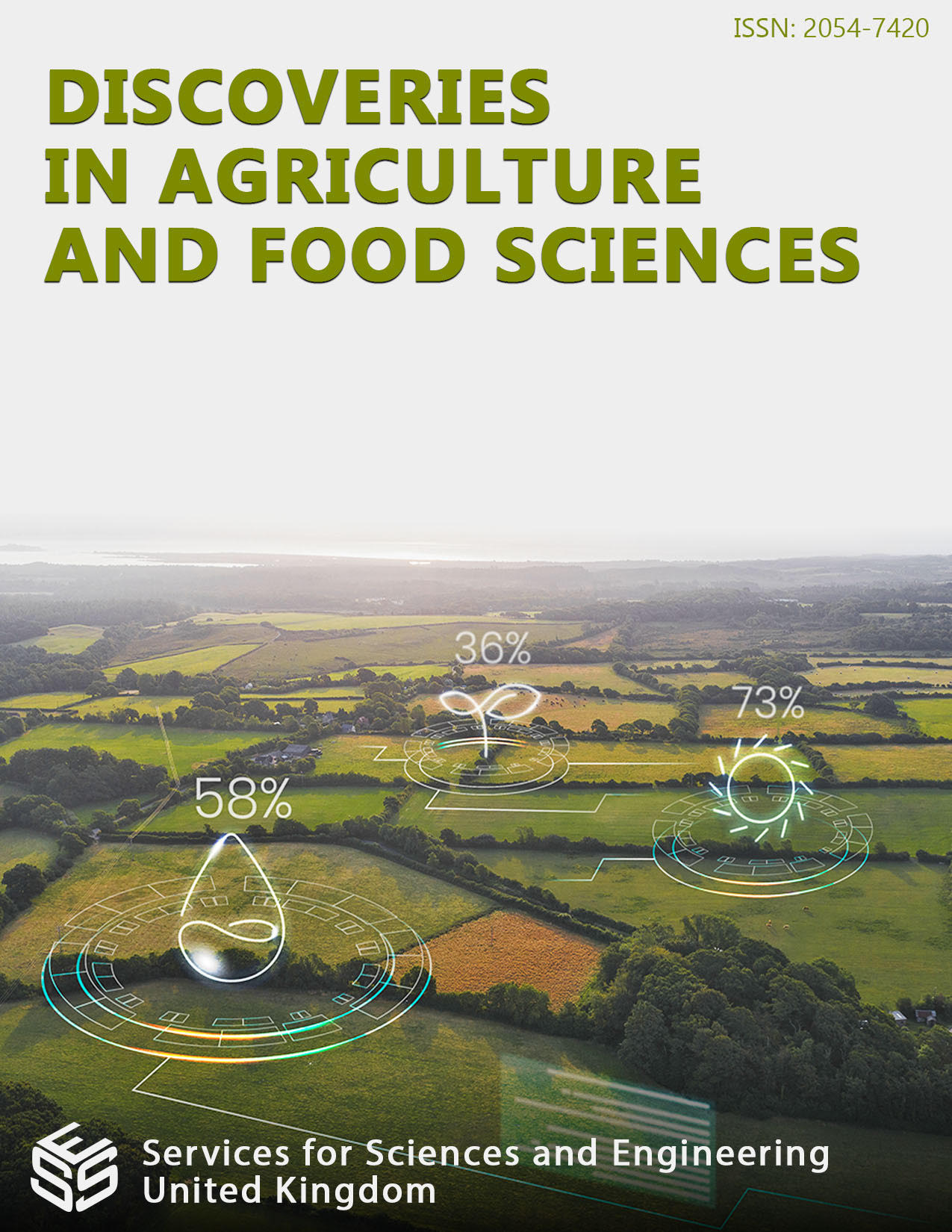Municipal Solid Waste Compost as Alternative Carrier Material for Rhizobia Inoculants
DOI:
https://doi.org/10.14738/tnc.116.16105Keywords:
BNF, Bradyrhizobium diazoefficiensAbstract
Biological nitrogen fixation (BNF), mediated by micro-symbionts (Rhizobia spp.), remains the primary source of N in the arable soils of sub-Saharan Africa (SSA). Rhizobia inoculants are delivered securely to legume seeds, through carrier materials, in order to augment the BNF processes in legume systems. In SSA, peat is the primary carrier material used for this purpose; whose natural reserves are quickly dwindling. It is, therefore, imperative that alternative organic materials, with comparative potential for providing similar services, are evaluated. The objective of this study was to assess the potency of municipal solid waste compost (MSW) as replacements in admixtures of peat material, as carriers of rhizobia inoculants for administering to legume seeds prior to planting. A laboratory study was conducted for duration of 270 days (2016 – 2017), at the College of Agricultural and Environmental Sciences, Makerere University in Uganda. Treatments included five carrier formulations with municipal solid waste compost (MSW) as the base material (w/w); namely 100:0, 60:40, 40:60, 20:80 and 0:100 MSW to peat (Pt), ratios with Bradyrhizobium diazoefficiens USDA strain of rhizobia. Result revealed that all carrier formulations maintained a high B. diazoefficiens population >1 x 109 CFU/g for the first 120 days of storage. By the 270th day of storage, the best performing carrier formulation was pure municipal solid waste compost (100:0) with B. diazoefficiens population of 2.08 x 109 CFU/g. This was followed by the pure peat carrier (0:100) with B. diazoefficiens population of 1.57 x 109 CFU/g, which was not significantly different from municipal solid waste compost carrier. The least performing carrier combination was 40:60 (MSW: Pt) with B. diazoefficiens population of 3.08 x 108 CFU/g. From the results, the municipal solid waste compost is an effective replacement for peat in rhizobia inoculant formulation; however, the inherently high alkaline pH (8.96) of municipal solid waste compost needs adjustment to the recommended optimal range (6.0 to 7.0). Overall, the 60:40 admixture is the nearest to the optimal alternative carrier formulation, to substitute for peat as the conventional carrier in the production of rhizobia inoculants in Uganda.
Downloads
Published
How to Cite
Issue
Section
License
Copyright (c) 2023 G. Akuru, J. B. Tumuhairwe, P. Ebanyat, J. S. Tenywa, L. D. Nabirye

This work is licensed under a Creative Commons Attribution 4.0 International License.






